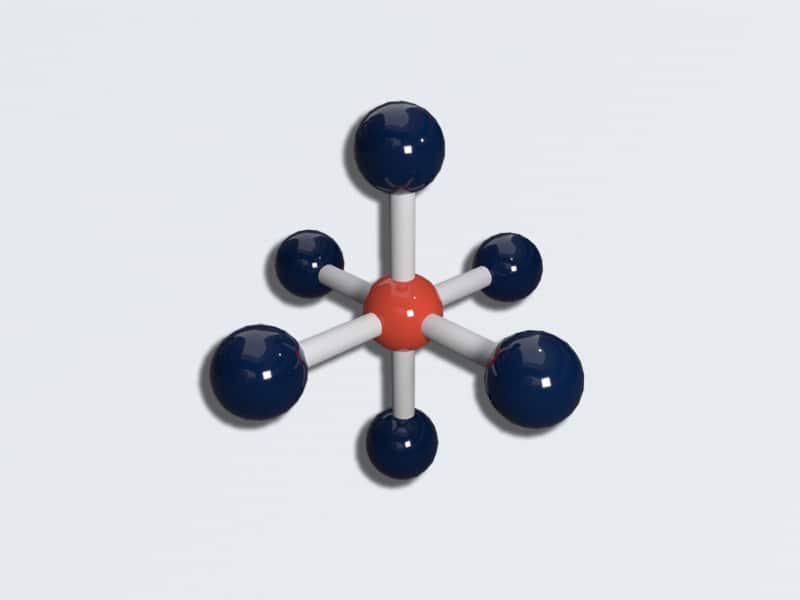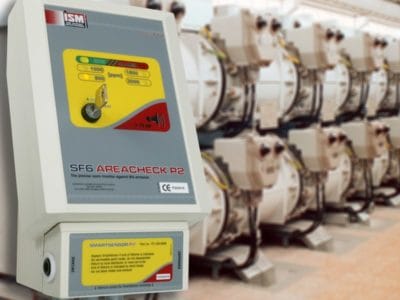
Sulfur hexafluoride
Formula: SF6 | CAS: 2551-62-4
Detecting sulfur hexafluoride: SF6 the most powerful greenhouse gas emissions known to humanity which have alarmingly risen rapidly in recent years!
A health and environmental risk, using SF6 on a day to day basics
Cheap and non-flammable, SF6 is a colourless, odourless, synthetic gas. It makes a hugely effective insulating material for medium and high-voltage electrical installations.
It is widely used across the electrical industries, from large power stations to wind turbines to electrical sub-stations in towns and cities. It prevents electrical accidents and fires.
“SF6 world production was at 7,000 tons in 1993 and was expected to reach 10,000 metric tons per year by 2010. The electrical industries use approximately 80% of that amount. In 2002, SF6 emissions from the US electric power industry totalled nearly 600 metric tons, that equates to 14.1-million tons of CO2, or 5% of total greenhouse gas emissions from US industrial processes”.
– Grand View Research
Monitoring of SF6, how damaging to the climate is SF6?
SF6 in its pure state is inert, colourless, tasteless, non-flammable and nontoxic. It is heavier than air, and can accumulate in cable trenches, pits and tunnels. A volume greater than 19% in the air may cause asphyxiation. An appropriate risk assessment should be undertaken in order to determine if cable trenches/tunnels are classified as confined spaces, in which case appropriate control measures for access must be implemented.
Identifying SF6 exposure and the important’s of why detecting sulfur hexafluoride early is critical
Under normal circumstances, it might be considered rare to be exposed to SF6 without enough oxygen dilution; but for utility employees, this type of exposure is well within the normal course of duties when working on SF6 filled switchgear in enclosed spaces. Indeed, if a substantial quantity of SF6 gas leaks in an enclosed area, it can pose a real danger of asphyxiation to personnel
Gas Factsheet
Everything you need to know about detecting sulfur hexafluoride
Our Gas Factsheets which is available to download below provides you with key information on the exposure limits and the locations of where potentially harmful gases can occur. We also share information on gas detection monitoring techniques and equipment that can help you manage gas detection in the workplace, for worker and site safety.

Detecting Sulfur hexafluoride
Formula: SF6 | CAS: 2551-62-4
Synonyms: sulfur hexafluoride, sulfur fluoride














